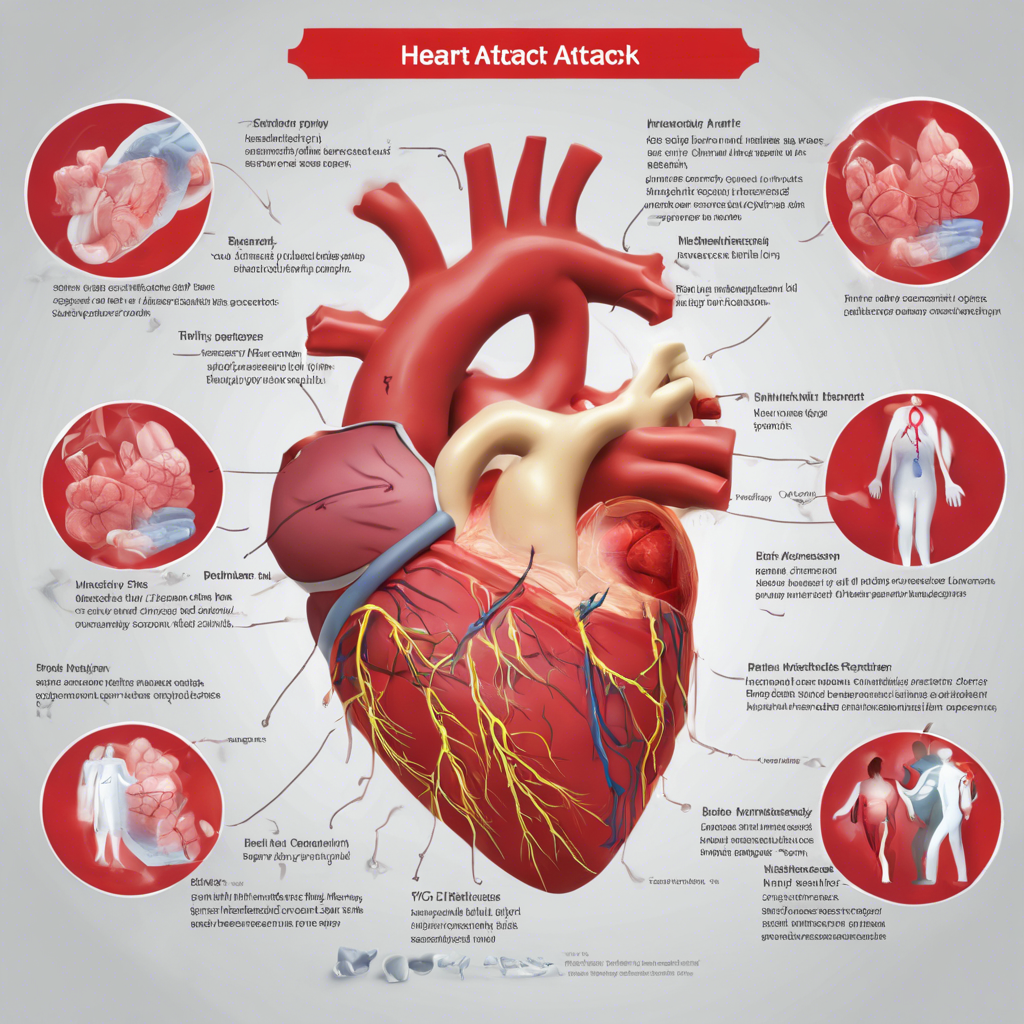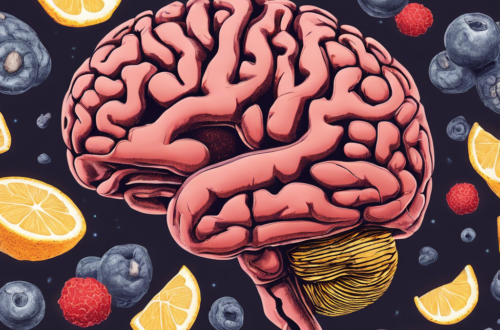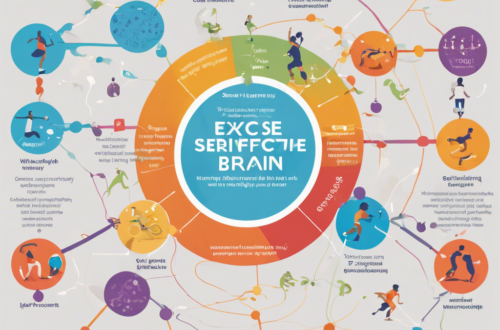Introduction to Heart Attack Symptoms
Understanding the Basics
When it comes to heart attacks, understanding the symptoms can save lives. A heart attack, or myocardial infarction, occurs when blood flow to the heart is blocked. This blockage is usually due to coronary artery disease, which stems from the buildup of fat, cholesterol, and other substances. Knowing the signs, such as chest discomfort and shortness of breath, is vital.
The Role of Coronary Arteries
Coronary arteries play a critical role by supplying oxygen-rich blood to the heart muscle. When these arteries become blocked, it can lead to serious consequences, including damage to the heart muscle. Early recognition of symptoms is crucial to minimize damage and seek timely medical assistance.
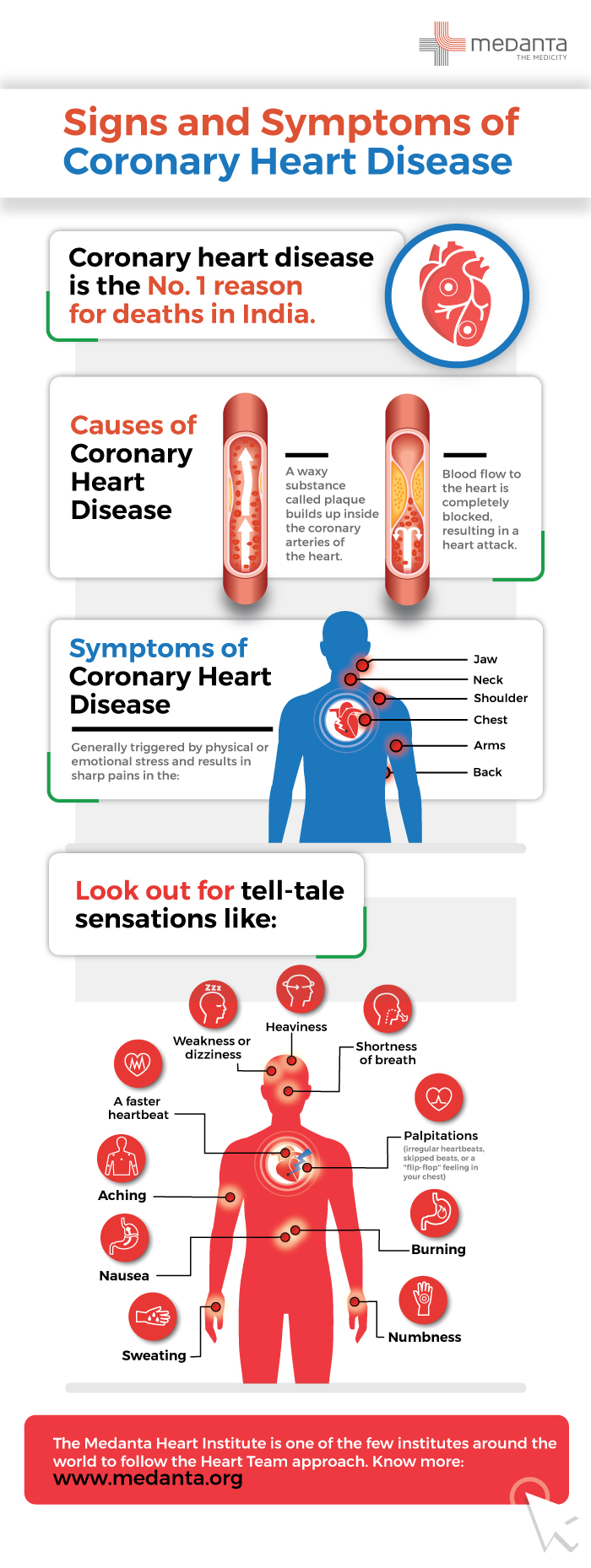
Causes of Heart Attack
Coronary Artery Disease
Coronary artery disease is recognized as the primary cause of heart attacks. It occurs when the arteries that supply blood to the heart muscle become narrowed or blocked, severely limiting blood flow. This can lead to serious damage if not treated promptly, making awareness of its implications essential.
Plaque Buildup and Atherosclerosis
Plaque buildup, or atherosclerosis, is a significant factor contributing to coronary artery disease. The accumulation of fat, cholesterol, and other substances creates deposits that can obstruct arteries over time. If a plaque ruptures, it may form a clot, exacerbating the risk of a heart attack by completely blocking blood flow to the heart muscle.
Signs and Symptoms of Heart Attack
Chest Pain and Discomfort
The most recognized symptom of a heart attack is chest pain, often described as a pressure or tightness. Individuals may feel discomfort that can come and go, sometimes resembling a heavy weight on the chest. As this sensation varies greatly among people, it’s essential not to dismiss any unusual feelings, especially if they persist.
Other Common Symptoms
In addition to chest pain, there are several other telltale symptoms that one should be aware of. These can include shortness of breath, discomfort in the arms, neck, jaw, or back, as well as unexpected sweating or indigestion. Recognizing these signs early on can save lives by prompting immediate medical attention.
Time Sensitivity and Early Detection
Importance of Timely Response
Understanding the urgency of addressing heart attack symptoms can make a critical difference. The first two hours are crucial as significant heart damage can occur in this timeframe. Seeking immediate medical help can prevent further complications and potentially save a life. Notably, symptoms often differ between individuals, so it’s vital to listen to one’s body and react accordingly.
Society of Cardiovascular Patient Care Guidelines
According to guidelines from the Society of Cardiovascular Patient Care, early intervention is key, as it may only occur in 50% of heart attack cases. Being aware of persistent chest pain or unusual fatigue can prompt timely medical evaluation and care.
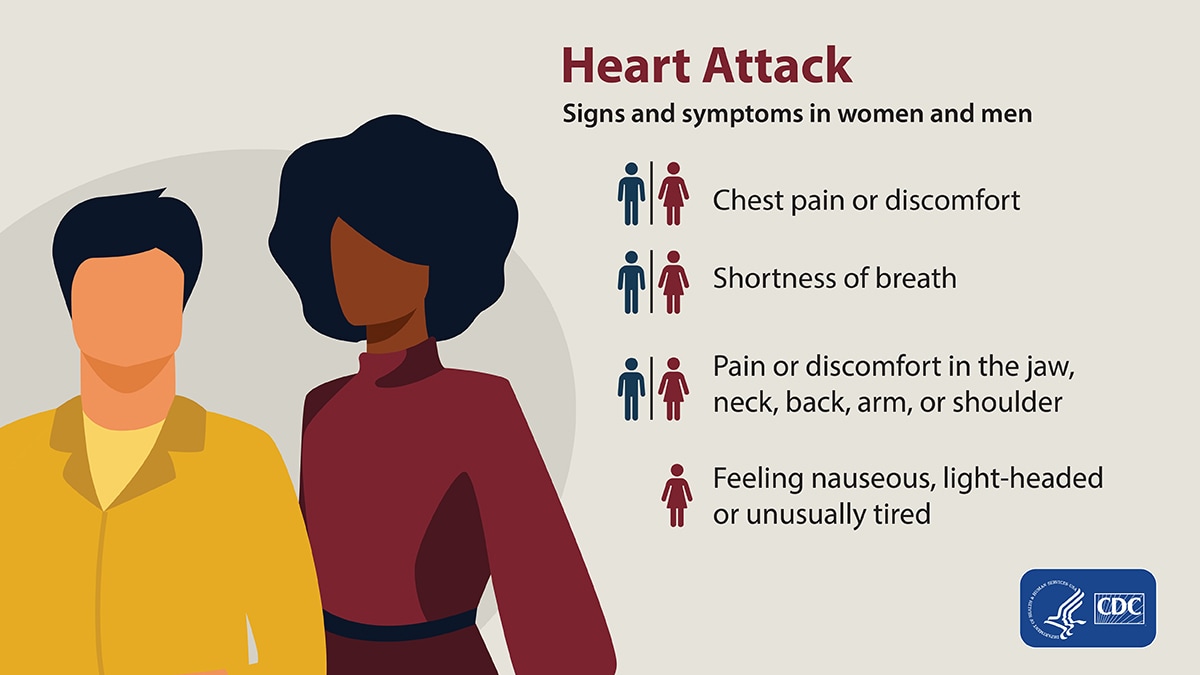
Gender Differences in Symptoms
Variances in Symptom Presentation
It’s important to acknowledge that heart attack symptoms can present differently in men and women. While men often experience classic signs such as chest pain, women may showcase a wider array of symptoms, including fatigue and anxiety. Such discrepancies can lead to misdiagnosis if not understood and addressed.
Recognizing Symptoms in Women
Women might experience symptoms like upper back pain, jaw discomfort, or unusual fatigue lasting several days. Recognizing these varying signs is vital for timely treatment. By being aware of how gender can influence symptom presentation, individuals can seek help more quickly, potentially improving outcomes during a heart attack.
